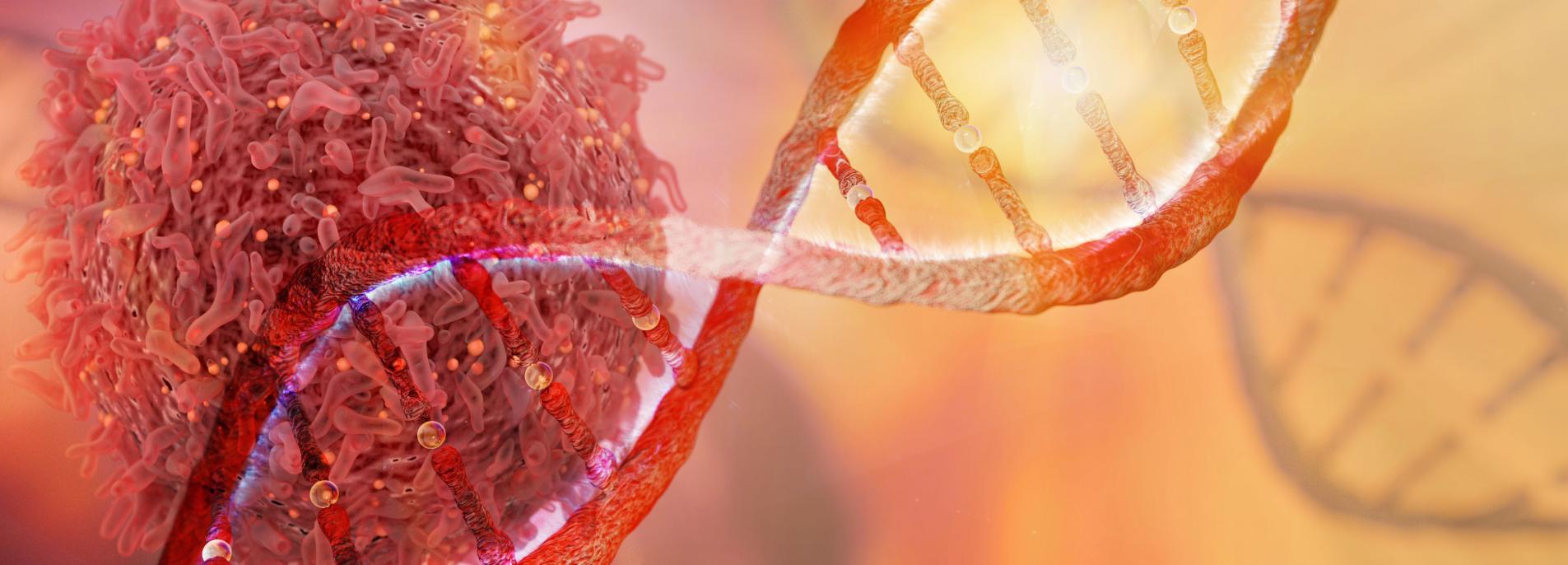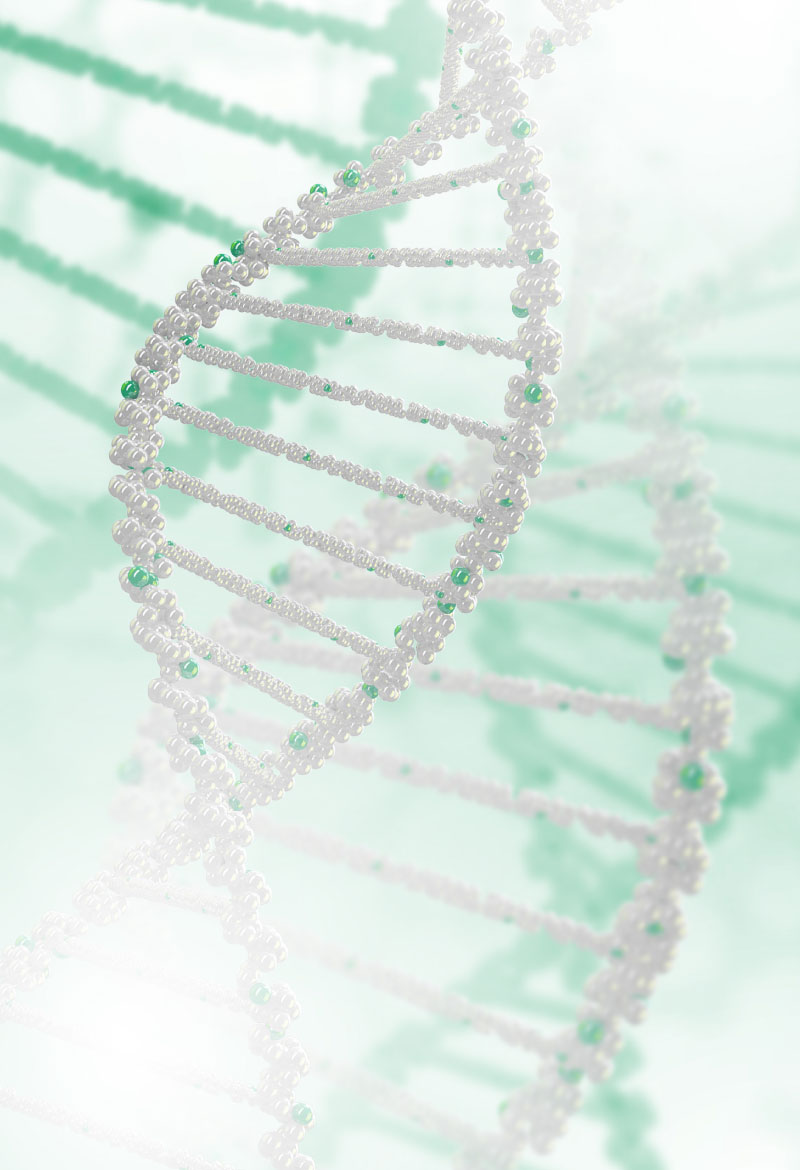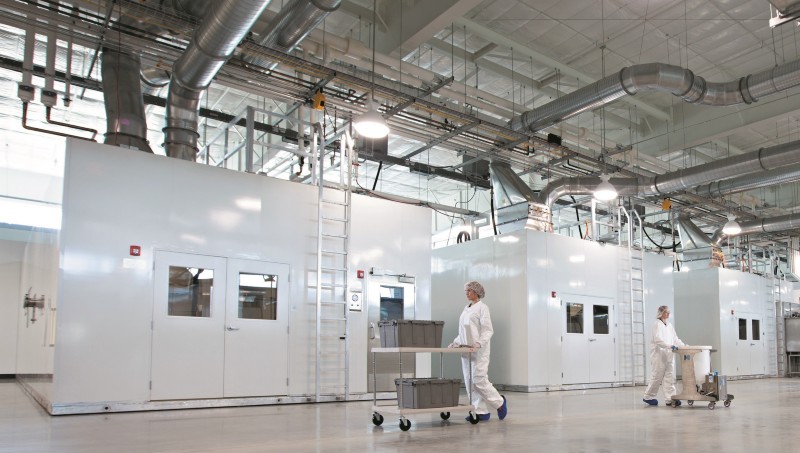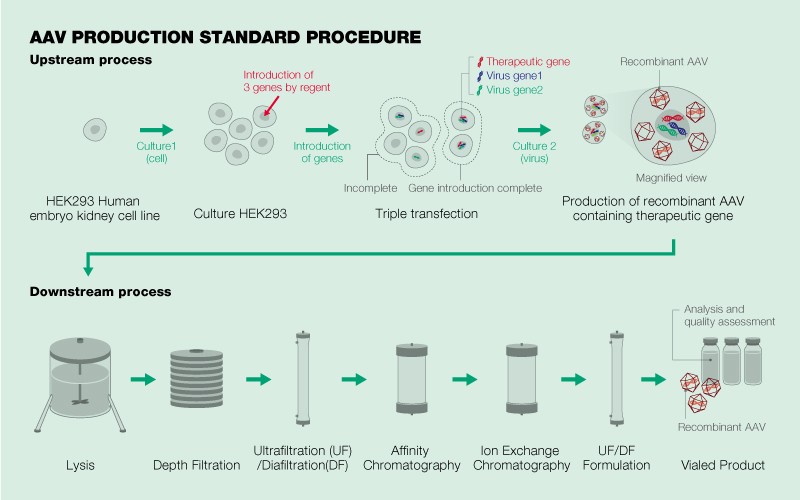
In the early days of genetic engineering, scientists predicted gene therapies that would treat, or even cure, inherited disease by inserting a healthy gene into a patient’s cells to replace a defective version. After 30 years of continuing improvements, gene therapy appears to be on the cusp of living up to that promise. Today more than 700 gene therapies including gene-modified cell therapies are being developed as potential clinical candidates.
This surge in gene therapy research and development testifies to the rapid evolution of the field since the first clinical trial in 1990 and the first FDA gene therapy approval in 2017.

Progress is undeniable yet there are still significant obstacles to overcome given the complexity of making gene therapies. Specialized technical knowledge in process and analytical development in combination with GMP facilities are essential to bring these therapies to the clinic.
Many gene therapy start-ups and academic laboratories are turning to contract development and manufacturing organizations (CDMO), such as FUJIFILM Diosynth Biotechnologies, in order to access both the technical know-how and facilities.
“If you have a process, the CDMO must be able to transfer that process and establish that the transferred process produces the target viral vector to the desired quality and that the process can be scaled up as it advances in the clinic.” says Michael Baker, Head of Process Development at FUJIFILM Diosynth Biotechnologies.
The company already runs a gene therapy manufacturing facility in College Station, Texas that meets the FDA’s current good manufacturing practices (cGMP) for viral gene therapies. FUJIFILM Diosynth Biotechnologies operates Biosafety level 2 mobile clean rooms that are Biosafety Level 3 capable.

More manufacturing muscle looks to be on the way. In 2020, FUJIFILM Diosynth Biotechnologies invested an extra US$120 million in the gene therapy field, including plans for a 6,000-square-metre Advanced Center for Gene Therapies (ACGT) which will open in late 2021.
In January 2021, the company also invested US$40 million to establish a new process development and manufacturing facility for viral vectors and advanced therapies in the greater-Boston area due to open in the latter half of 2021. This is in addition to Fujifilm’s investment, as part of an industry-academia consortium in the greater-Boston area including Harvard University, Massachusetts Institute of Technology, Cytiva, and Alexandria Real Estate Equities, Inc., in the Center for Advanced Biological Innovation and Manufacturing (CABIM) due to commence operations in early 2022.
Looking across the pond, FUJIFILM Diosynth Biotechnologies will also begin offering viral vector process development and GMP manufacturing services in the United Kingdom.
Takatoshi Ishikawa, Senior Executive Vice President and general manager of bioCDMO division, FUJIFILM Corporation says the journey for gene therapy is only just beginning. “There are still many issues to be solved, among them, the lack of plasmid production availability, production efficiency for large scale production and control of manufacturing costs, and also safety and quality. It requires state-of-the-art analytical methods to fully characterize viral vectors in order ensure that they are safe for human use. A large number of scientists have combined their advanced technologies and expertise and are tackling these issues. Fujifilm has a wide variety of technologies from different business fields, and is now working on these challenging goals,” he says.

Many gene therapies are based on the use of a vector to deliver the genetic payload to the target location. The vector of choice for most of today’s gene therapies is adeno-associated viruses (AAV) but it is here that the manufacturing bottleneck is particularly acute as an ever increasing amount of AAVs are needed to meet growing clinical and subsequent commercial demands. The most common way of producing recombinant AAV (rAAV) for gene therapy involves simultaneously delivering three different plasmids to the cells. One plasmid, the gene of interest plasmid, codes for the gene of interest, the second, the Rep-Cap, codes for the genes required for replication and capsid assembly, and the third, the helper plasmid contains the Adeno virus helper functions. Compared to antibody production, the efficiency of rAAV production is expected to increase at least 1,000 times.
Michael Baker says once the bottleneck is cleared, gene therapy treatments will really take to the sky. “We constantly work to improve production efficiencies, and to reduce time and effort to provide our customers with their vectors.”
He says FUJIFILM Diosynth Biotechnologies is constantly improving the density of culturing cells, culturing period and transfection efficiency. “The improvements we are working on are aimed at making gene therapies a viable treatment option for the mass market, not just the lucky few.”
If FUJIFILM Diosynth Biotechnologies and its counterparts succeed, gene therapies may soon meet the promise they offer.
For more information on FUJIFILM Diosynth Biotechnologies, click here.
For more information on Fujifilm’s initiatives in contract development and manufacturing, click here.
Fujifilm makes no representation that products/services on this website are commercially available in all countries.

© 2024 FUJIFILM Holdings America Corporation